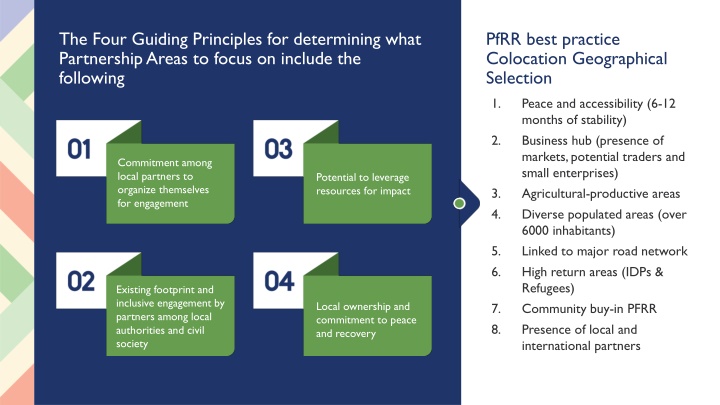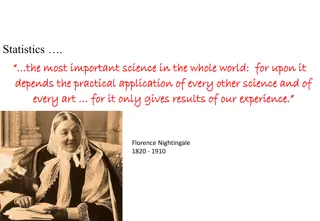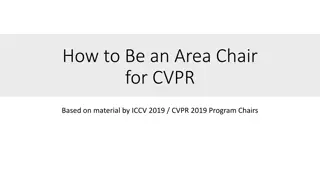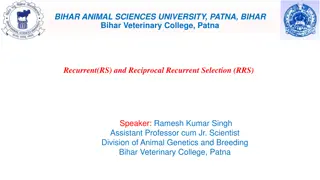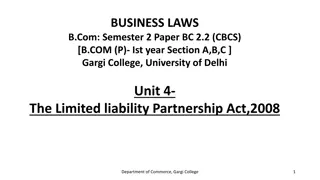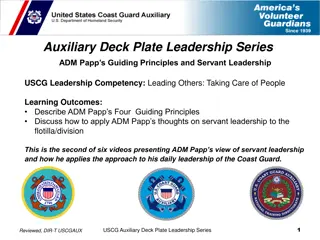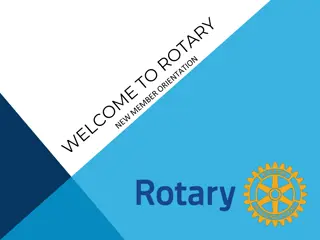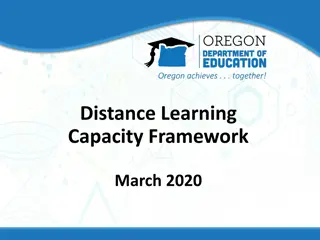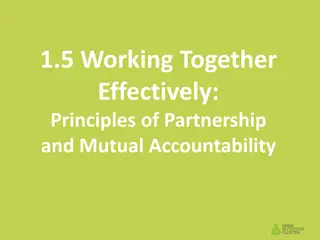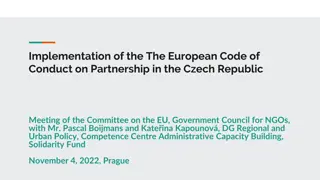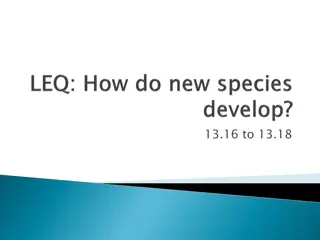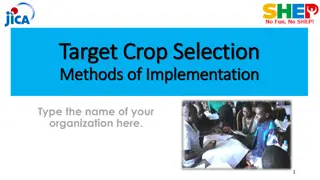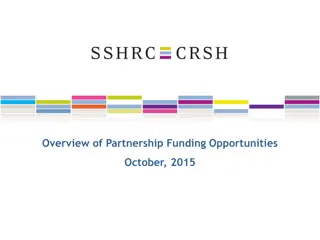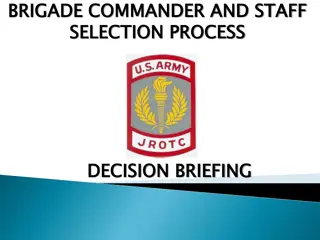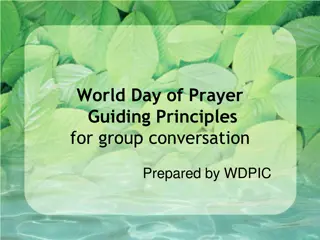Four Guiding Principles for Effective Partnership Area Selection
These guiding principles outline the essential criteria for determining partnership areas focusing on peace, accessibility, economic viability, agricultural productivity, community involvement, and local commitment. The process involves colocation, geographical selection, commitment among partners, and existing engagement with local authorities and civil society. The approach emphasizes resilience profiling, institutional architecture, inclusive champions groups, and programmatic framework development to drive impactful change in partnership areas.
Download Presentation

Please find below an Image/Link to download the presentation.
The content on the website is provided AS IS for your information and personal use only. It may not be sold, licensed, or shared on other websites without obtaining consent from the author.If you encounter any issues during the download, it is possible that the publisher has removed the file from their server.
You are allowed to download the files provided on this website for personal or commercial use, subject to the condition that they are used lawfully. All files are the property of their respective owners.
The content on the website is provided AS IS for your information and personal use only. It may not be sold, licensed, or shared on other websites without obtaining consent from the author.
E N D
Presentation Transcript
The Four Guiding Principles for determining what Partnership Areas to focus on include the following PfRR best practice Colocation Geographical Selection 1. Peace and accessibility (6-12 months of stability) Business hub (presence of markets, potential traders and small enterprises) Agricultural-productive areas Diverse populated areas (over 6000 inhabitants) Linked to major road network High return areas (IDPs & Refugees) Community buy-in PFRR Presence of local and international partners 2. Commitment among local partners to organize themselves for engagement Potential to leverage resources for impact 3. 4. 5. 6. Existing footprint and inclusive engagement by partners among local authorities and civil society Local ownership and commitment to peace and recovery 7. 8.
The Four Pillars
Yambio, Aweil, Wau and Torit Partnership Area Building Blocks: ACTIVITY OBJECTIVE ACCOMPLISHED THROUGH COMPLETING THE RESILIENCE PROFILE Providing context specific evidence and baseline measurement of resilience 1. 2. 3. 4. Partnership Area household survey Analysis and modeling of survey data Producing a RP Paper Presentation and discussion of findings in the PA INSTITUTIONAL ARCHITECTURE FOR RESILIENCE Providing context specific details of people, institutions and their relations 1. 2. 3. 4. Partnership Area Survey (same as RP HH survey) Partner review of role and status of various institutions Preparation of an IA4R Partnership Area Report Inventory of existing projects, activities, partners INCLUSIVE CHAMPIONS GROUP Ensuring the voice of local leaders in defining change needed 1. Inventory of existing government and non-government organizations, institutions, thought leaders, important to the area Dialogue with and within existing interest groups to identify leaders and representatives to be part of an inclusive engagement group Dialogue with a champions / leaders group to develop commitment to: a) work together, b) engage with partners together to shape a program framework, c) identify their commitments Ongoing dialogue and support to translate their commitment into action 2. 3. 4. PROGRAMMATIC FRAMEWORK Developing a common Agenda 1. Consultation among stakeholders (champions group), technical partners, and resource partners to discuss major challenges and opportunities Review of resilience profile findings Review of PfRR Program Framework Prioritization of major areas of action to be included in joint PfRR framework for the Partnership Area Preparation of a Joint Program Framework for the Partnership Area 2. 3. 4. 5.
Yambio, Aweil, Wau and Torit Partnership Area Building Blocks: cont ACTIVITY OBJECTIVE ACCOMPLISHED THROUGH INVENTORY AND MAPPING OF EXISTING ACTIVITIES, PROJECTS, PARTNERS Informing opportunities to leverage impact 1. 2. 3. Meeting of technical partners in the Partnership Area Synopsis, summary, of existing project documents / activities Geo-referencing locations areas where different partners deliver services and the type of services being delivered Production of an inventory report that serves as a baseline of existing support 4. LOCAL LEADERS AND CHAMPIONS COMMITMENT Creating an enabling environment to advance the common agenda 1. Dialogue among local Champions Group on what they can deliver to ensure implementation of the Partnership Dialogue among Champions Group and implementing partners on existing binding constraints to effective implementation Preparation of a matrix of enabling actions that leaders commit to. Local champions make commitment public Regular review of status of implementation of commitments 2. 3. 4. 5. JOINT WORK PLANNING Creating the opportunity for colocation, collaboration, convergence 1. 2. 3. 4. Identification of technical leads for the pillars of the joint program framework Dialogue and coordination among technical agencies contributing to each pillar Joint work planning meeting, held annually, among technical partners Preparation of a joint work plan document COORDINATION OPERATIONAL PLAN Providing the tools for sustained engagement in implementation 1. 2. A review of joint work plan actions and commitments Identification of coordination tasks needed to enable partners to work together to deliver the joint work plan Identification of support services / teams needed to deliver the coordination tasks Preparation of coordination operational plan, including tasks, timelines, and support needed and how coordination will take place with who Validation of the coordination plan with stakeholders and technical partners Identification of lead groups to provide coordination services 3. 4. 5. 6.
